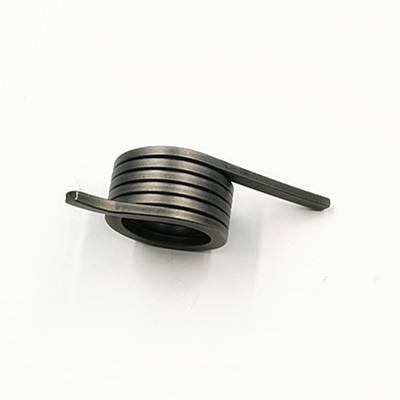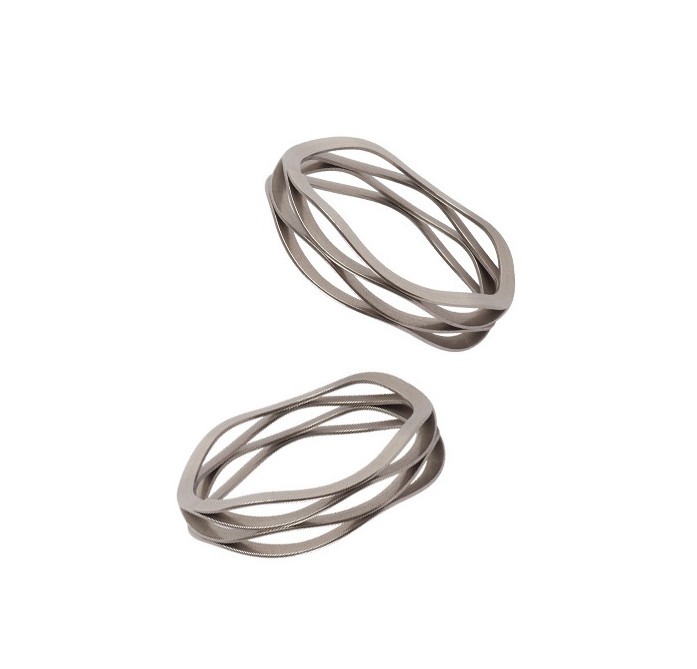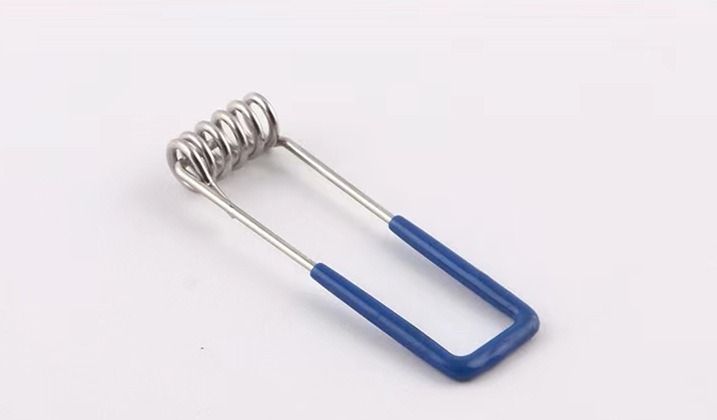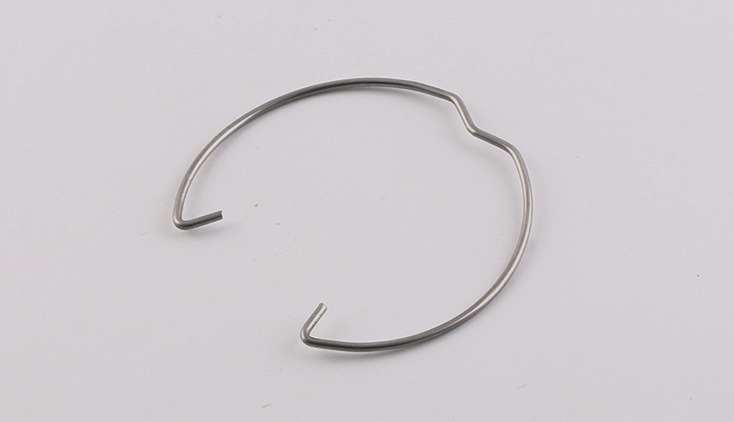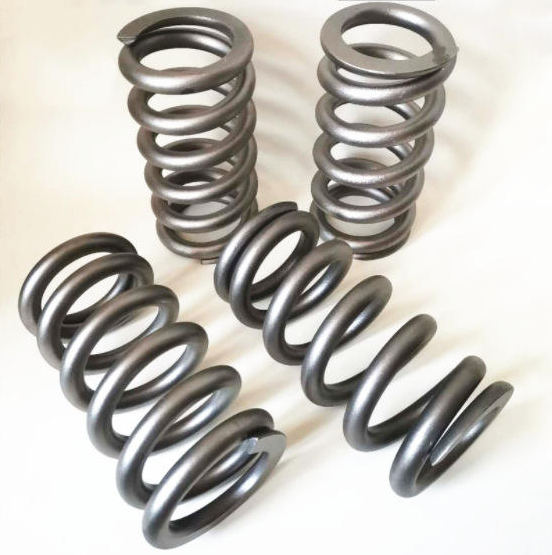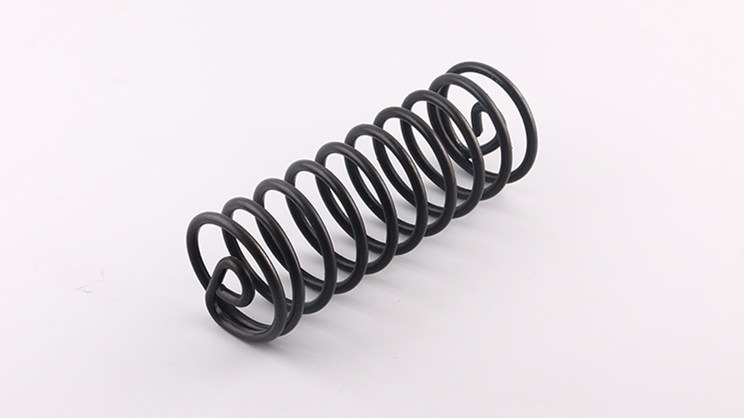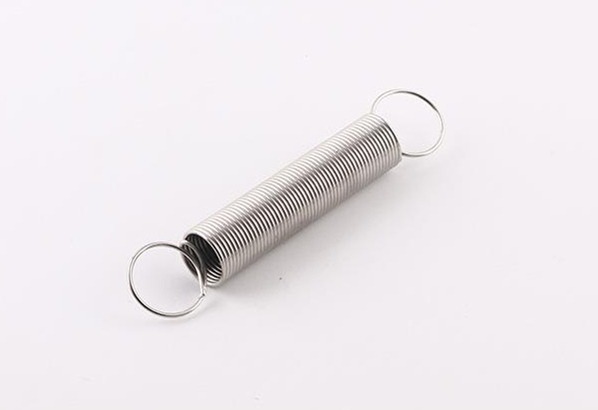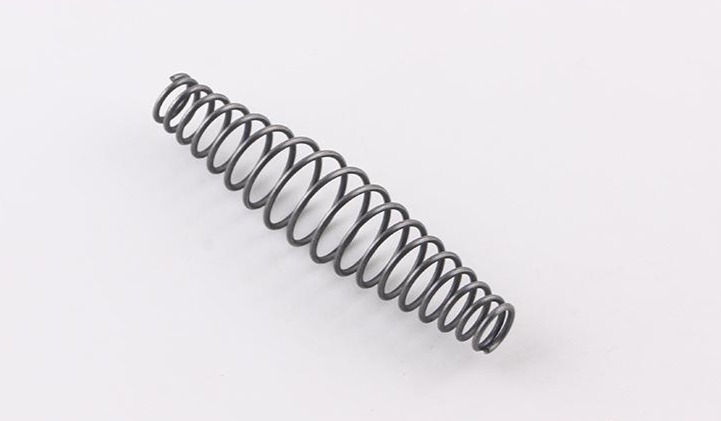What are Disc Springs?
Disc springs, also known as Belleville springs or conical spring washers, are named for their distinctive disc-like shape. They are widely used in engineering applications due to their unique characteristics and versatility. These springs are composed of a conical section of metal plate, and their design involves parameters such as outer diameter (D), inner diameter (d), thickness (t), and height (Ho). Disc springs are utilized for a range of purposes, including load distribution, shock absorption, and maintaining preload in various mechanical systems.
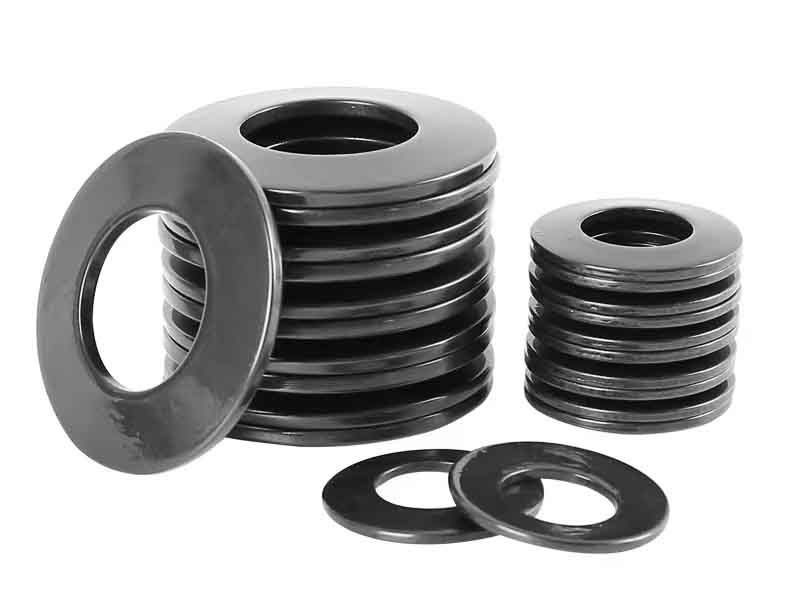
Principles and Features of Disc Springs
In most cases, the thickness of the disc remains constant while the load is evenly distributed between the inner edge of the upper surface and the outer edge of the lower surface. Constructed from spring steel, disc springs can withstand static, impact, and dynamic alternating loads, meeting stringent requirements for fatigue life and load losses.
When compared to other types of springs, disc springs possess several distinctive features:
- Short Stroke, Small Deformation, High Load Capacity: Disc springs offer a high load-carrying capacity while experiencing minimal deformation. This enables them to efficiently support heavy loads while occupying relatively little space.
- High Space Utilization: Disc springs have a high space utilization rate compared to other spring types, making them ideal for applications with limited installation space.
- Variable Load Characteristics: Various combinations of disc springs can achieve desired load-deflection curves, providing flexibility in meeting specific load requirements.
- Materials and Coating Options: Disc springs can be manufactured using various materials and surface coating methods to enhance their performance under specific conditions.
- Ease of Maintenance and Replacement: Disc springs are easily replaceable, promoting cost-effective maintenance and repair.
- Long Service Life and Safety: Properly designed and manufactured disc springs can exhibit extended service life and high safety standards.
Types of Disc Springs
There are different types of disc springs catering to specific applications:
- Anti-Loosening Disc Springs: These prevent loosening and provide locking functionality, ensuring a durable and reliable seal. They are commonly used on bolts subjected to vibration.
- High-Temperature Preload Disc Springs: Suitable for high-temperature environments, these springs are used to preload bolts on various flanges, valves, heat exchangers, and more.
- High-Torque Preload Disc Springs: These are designed for high-load and high-torque situations, such as in valves, pumps, fans, and other machinery.
- Buffer Extension Disc Springs: Used for cushioning and tension applications, these springs are widely employed in diverse industries for equipment like brakes, clutches, and overload devices.
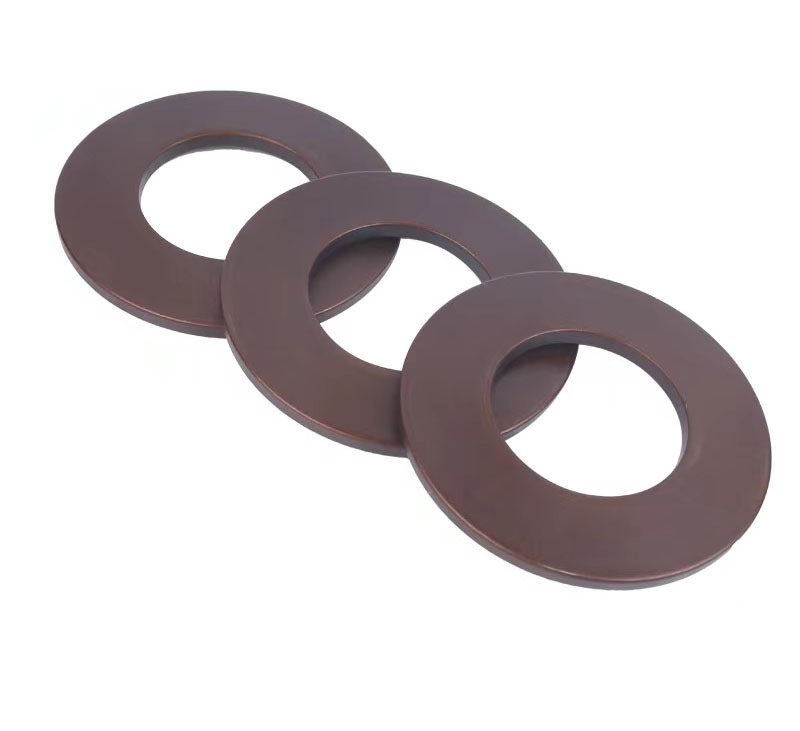
Advantages of Disc Springs Compared to Other Springs
- High Load Capacity in Compact Space: Disc springs can bear significant loads within a compact space. They provide larger deformation per unit volume compared to other spring types, offering excellent shock absorption and energy dissipation.
- Variable Stiffness Characteristics: By adjusting the ratio of cone height to thickness, disc springs can exhibit various stiffness characteristics, allowing for different load-deflection curves.
- Wide Load-Carrying Range: Disc springs can achieve diverse load-carrying capacities and characteristics through variations in the number of discs or their combination, making them adaptable to a broad range of applications.
- Ease of Manufacturing and Maintenance: Their smaller individual size in high-load combinations simplifies manufacturing and heat treatment processes. Individual disc replacement eases maintenance.
- Long Service Life: Properly designed and manufactured disc springs can have extended service lives.
- Concentric Load Distribution: The circular shape of disc springs facilitates concentric load transmission.
Given these advantages, disc springs find applications in heavy machinery, aircraft, cannons, and various mechanical systems as robust damping and shock-absorbing devices. They are also employed in clutch systems, safety valves, and pressure relief valves for preload applications.
Factors Should be Considered When Selecting Disc Springs?
when selecting disc springs, several factors should be considered as follows:
- Medium: Choose different material options based on the medium. Standard steel, high-temperature-resistant steel, corrosion-resistant steel, nickel-cobalt alloys, and others can be selected.
- Preload: Disc springs primarily achieve anti-loosening through preload deformation. Generally, thicker disc springs provide greater tension and resistance to pulse pressure, while thinner disc springs with higher ratios of free height to thickness allow larger deformation. Combining disc springs can resolve conflicts between tension and deformation provided by a single disc spring.
- Equipment Condition: When equipment vibration is prominent during operation, anti-loosening disc springs can be used to avoid adverse consequences caused by loosening due to vibration during normal operation.
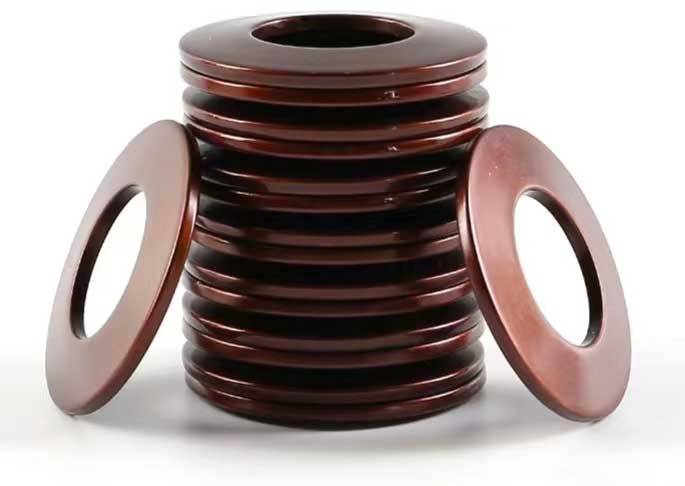
Installation of Disc Springs
When stacking disc springs, minimizing the number of discs used is recommended. Increasing the number of stacked discs can lead to greater elastic friction losses and larger plane deformations. Lubricants like grease or molybdenum disulfide can be applied between the discs to reduce friction.
Apart from stackable installation, there are other methods for installing disc springs:
- Parallel Combination: Installing multiple disc springs parallel to each other is a common method. This approach can effectively increase the load-bearing capacity and deformation range of the assembly. However, it’s essential to consider the overall space available for the spring stack.
- Series Combination: In cases where higher loads are required, series combinations of disc springs can be used. This involves stacking springs in a series, with each spring adding to the overall load capacity. However, this method may result in reduced deformation compared to parallel combinations.
- Mixed Combination: By combining both parallel and series arrangements, engineers can tailor the load-deformation characteristics of the spring assembly to meet specific requirements. This method can be especially useful when trying to balance load distribution and deformation ranges.
In conclusion, disc springs offer a unique set of features that make them indispensable in various engineering applications. Their ability to handle high loads in confined spaces, variable stiffness characteristics, and adaptability to different conditions make them a preferred choice for achieving preload, cushioning, and shock absorption across industries. Careful selection and proper installation techniques can ensure optimal performance and longevity of disc springs in diverse mechanical systems.

